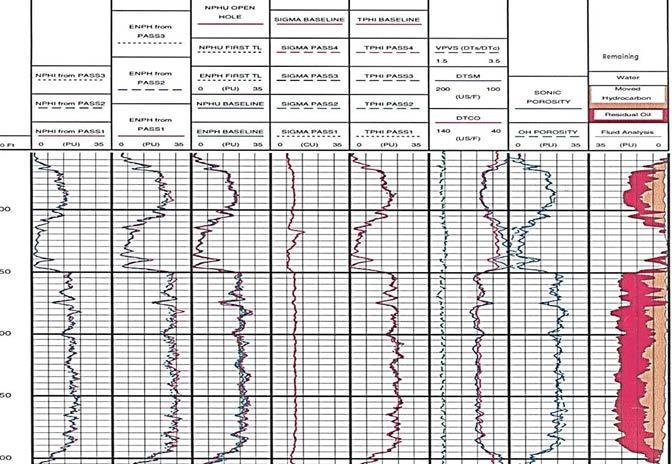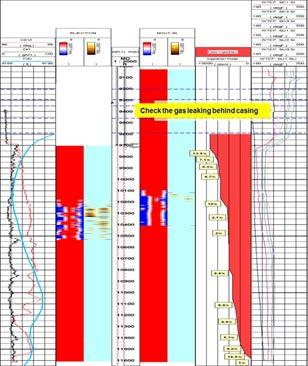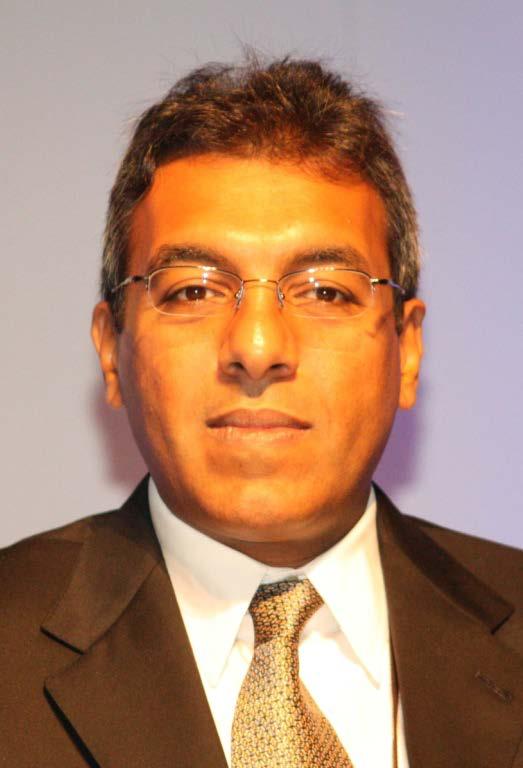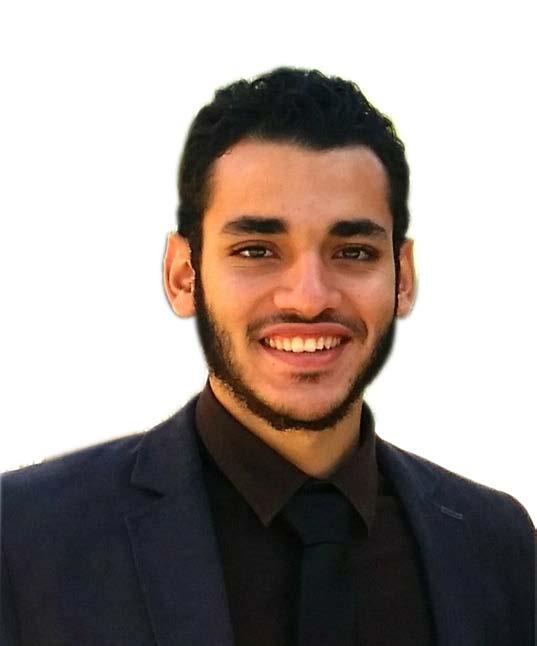
10 minute read
Chapter News
Petroleum Industry and Career Summit (PICS) 2 is a mega event organized by SPE Suez University Student Chapter in collaboration with The American University in Cairo SPE Student Chapter in 21, 22 December, 2018. HALLIBURTON, BGS ENERGY SERVICES and, CHEIRON were the main sponsors of the event. Baker Hughes and Weatherford were the other technical sponsors. This outstanding summit included many technical sessions about new challenges in oil and gas industry, non-technical sessions, and motivational talks about idols in the industry. Moreover, industry pioneers talked about current crisis and needed skills to get through it. HALLIBURTON Egypt offered a technical competition between students. Also, BGS ENERGY SERVICES and Baker Hughes provided us with more than seven job shadowing opportunities. PICS 2
Khalda Winter Training
Advertisement

Khalda Petroleum Company provided Suez University
students with a highly effective winter training.
The program was to visit different rigs and
introduce them to the drilling work
environment in addition to giving
students an overview about
the operations and other
departments in the field of
the western desert, Egypt.
What can be crueler than being deprived of your parents and without someone caring about you? Our team wanted to make some young children happy, inspired, and educated. They went to many charities and played with them as well as teaching them some things. The children were so delighted, hopeful, and passionate. The activities were drawing, competitions, reading some stories, and playing soccer. Each day was a different story to tell about how the human can change someone’s life easily. Simple things are enough to make someone happy. Orphans’ Week



Believing in the critical role that business skills play in today’s professional world, SPE Suez University Student Chapter launches its first comprehensive developmental project (Skills Club). The goal of the project is to provide Suez University’s students with the needed soft skills to perform better in their future professional careers. The project consisted of several programs discussing various skills such as Successful Interviewing, CV Writing, Public Speaking, LinkedIn, E-mail Writing, Persuasion, Freelancing and Negotiation. The project also included long-term programs for Professional English and Graphic Designing. It is also worth mentioning that the sessions and workshops provided during the project were presented by a talented group of the chapter’s current student leaders. SPE Suez Developmental Project: Skills Club

Great student chapters as SPE Suez, AUC and Cairo, have proven to be the most respectable student chapters in Egypt, may be in the whole world; one of the ways they chose to change the students’ mentality, is to organize great conferences, aiming at bridging the gap between the students and the practical field. Petroleum Arab Conference and Exhibition (PACE), is a whole new cooperation between the three student chapters; one that is technically and financially supported by the most reputable oilfield companies ever; one that includes fierce competitions; one that is honored by various keynote speeches about the current status; and for the first time, one that includes a live exhibition from several respectable companies. The conference was held at the AUC from 15 to 17 March ‘18. PACE
SPE Suez Technical Club
As in SPE Suez we always try to quash the shackles and reach our goals by the
most effective and successful ways. We launched the Technical Club
for the first time. It is a great project organized by our technical
segment. It consists of giving sessions about different
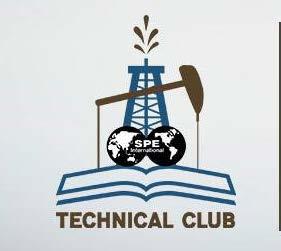
topics in our industry like: (FDP) Field Development Plan,
Well Intervention, Well Logging, Fishing, Hydraulic
Fracturing, and Well Control. We end every day with
a competitions with remarkable rewards.
STC Course

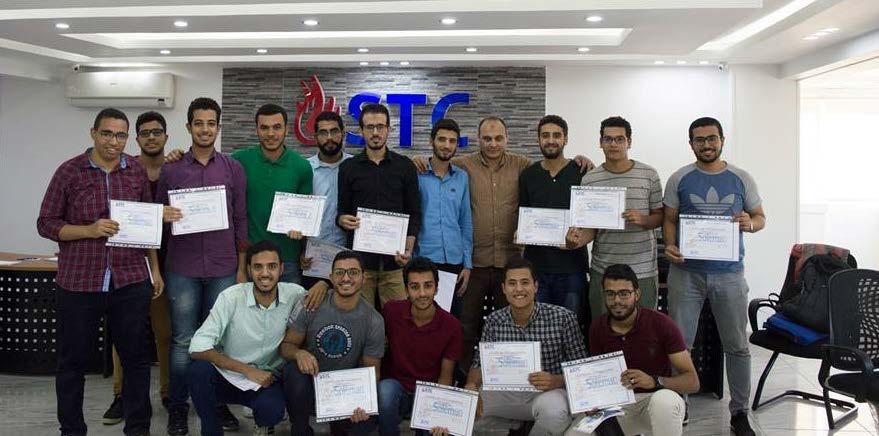
SPE SU SC in cooperation with Soleman Oil & Gas Training Center (STC) managed to provide students with an excellent course about Well Intervention. It was three days in the center. The students learnt about different techniques and methods. We had a good feedback from all the students.
EDCTC Leadership
Program
SPE SU SC in cooperation with EDCTC provided the students with the opportunity to learn more about the leadership skills with many effective workshops. EDCTC provides a variety of courses as well as needs-based training interventions to their clients. Their work is driven by their team’s passion for education, training and development and their complete commitment to offering pioneer services.

Moustafa Hagag
Geology (Petrophysics) Consultant, SPE Certified Petroleum Professional (SPEC)
Integration of Petrophysical
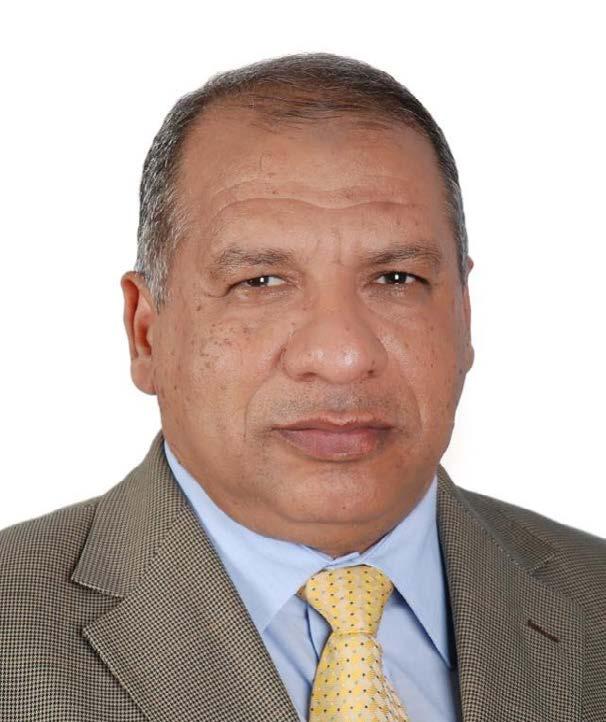
Inputs in an EOR Project.
A Case Study in a Carbonate Reservoir offshore UAE
The field is on production since 1967, it is a carbonate elongated anticline with 160 ft. thickness. With well- developed porosity, but low to moderate permeability, sometimes, intercalated with high permeability streaks. Dense carbonate layers separate the porous intervals. The reservoir is highly faulted. Pressure maintenance is supported by peripheral water injection and central gas injection pattern scheme. As part of the field development, a peripheral water injection scheme is in place, and two EOR gas injection pilots were commissioned in 1998 to investigate the benefits of gas injection above MMP (Minimum Miscibility Pressure) in the low and high permeability reservoirs. The purposes of this work are to; • Present an overview on log monitoring strategy for the EOR gas injection pilots. • Summarize specific actions were taken to gather log data. • Discuss and evaluate the results. Introduction
The Gas Injection Pilots Configuration:
• Central GI Patterns (A, B, C) are 3 inverted 5-spot patterns, each was 1.4 Km 2 and consists of 1 gas injector (horizontal or vertical) and 1 vertical observation well (100 m distance) and 4 vertical oil producers were used as observation wells. • North GI Pattern, is a single inverted 5-spot pattern, 1Km 2 , consists of; 1 horizontal gas injector at the center of the pattern, with 1 observation well (100 m distance), and 4 horizontal oil producers, single completion. Figure 1
The Pilot Objectives:
• Assess the applicability of miscible gas injection as a mean to maximize recovery. • Identify the incremental benefits of gas injection over water injection. • Determine the most effective method of long term field development. • Ensure sustainable production capacity from all reservoir layers. Log monitoring program was designed to provide log data acquisition, analysis and interpretation to evaluate the gas injection pilot’s performance.
Log Monitoring Activities • The monitoring program was set to accommodate the activities before gas injection phase and while gas injection phase.
1. Designed the vertical observation wells The well trajectory has been designed to be deviated by 7° across the reservoir section away from the injection well, Figure 2. This deviation assured that the tool “sees” the same side of the hole, decreasing the logs uncertainty. 2. Ensured the integrity of the pilot wells The isolation between zones of interest had been reviewed by evaluating the available cement bond logs and the shoe bond tests.
3. Selected the logs suitable for gas capturing and monitoring and optimized the running frequency a. The logs had been selected to capture the completely miscible gas in oil and the immiscible gas. b. The full set of the selected logs had been run as base (reference) log, then follow up logs (time lapse).
► Pulsed Neutron Tool (Σ) • Both Σ Σand Φ are decreased compared base curves. • Near and far count rates are scaled to overlay in water bearing zones with little or no separation. In case of gas, far will strongly move to the left of near, Figure 3
► Dual-energy detectors neutron (ΦΦ) • Gas has low hydrogen content, i.e., fewer neutrons are absorbed and more reach the detector, the porosity is low. • The dual energy detectors tool has been selected to differentiate between the effects of gas on neutron from the effect of salinity. • Three runs have been performed to record the raw data, correction for steel casing and cement are applied • The tool can’t differentiate between the free gas or gas in solution, it responds only to hydrogen index (HI). Figure 3: Pulsed Neutron Log (Σ) and NPHI Response in Gas
► Array Sonic (DT) • It is effective even in marginally cemented wells and can be used to detect gas zones that are not easily recognized. • Slowness-Time-Coherence (STC) processing is conducted on the raw data to get corrected Dt-compression (DTCO) and DT-shear (DTSM), from which V p (velocity of compression), and V s (velocity of shear) are calculated. • In case of gas, arrival will affect the readings of V p /V s ratio, DTCO and DTSM.
• Temperature (T) • Temperature log is used in the detection of gas via the cooling effect of expanding gas in or behind casing. 4. The Selection of Base and Time lapse logs ► Ran pulsed neutron as a base and time laps logs in production wells which were used for observation because of completion diameter restriction. ► In vertical observation wells (no completion restriction); • Ran base (Neutron/ Pulsed Neutron/ Sonic and Temperature) as reference logs. • Ran neutron Φ log as follow up (time lapse) because it is more sensitive to gas more than sigma Σ based on a SNUPAR simulation study made by Schlumberger.
► Figure 5 shows an example of base logs (Reference) were run before injection in a vertical observation well.
While Gas Injection
► Ran Base and Time Lapse Logs The gas injection started in 1998 after running base (reference) log in all observation wells and because of the completion size restriction; only RST-A (OD 1 11/16 ) was run in the producers as base/ reference logs. • Time Lapse Logs The CNT-G (Dual Energy tool of Schlumberger) tool was run as follow up logs in vertical observers, and the RST-A tool (Pulsed Neutron toll of Schlumberger) was run as time lapse logs in production wells.
► Ensure Uniform Gas Intake over the Injection Intervals To ensure the successfulness of the gas injection process; the production logging tool (PLT) was run in all gas injection wells. The log interpretation showed uniform gas injection intake across the injection interval and no gas leakage behind casing.
► Injected unique chemical tracers in the injectors To understand the geological complexity of the reservoir and to review the preferential path of the injected gas, four unique chemical tracers were injected in the gas injection wells. The tracer analysis showed that the injected gas distributed among the reservoir in different ways.
► Evaluated the Results The miscible gas injection for the rest of the field was approved as a mean to maximize the field recovery.
Summary and Conclusions An EOR gas miscible project was conducted to enhance the productivity of a carbonate reservoir. The Petrophysical log data played a big role to the success of the project. The log monitoring activities had been started even before gas injection by designing the observation well and reviewed the integrity of the pilot wells. The proper reference logs and time lapse logs were properly selected, optimized, and interpreted to capture the gas response across the reservoir on time. The gas injection intake across the reservoir was reviewed to ensure homogeneous distribution. The conducted tracer analysis revealed that the reservoir is more complex than expected. Due to well log monitoring management and control; the gas miscible gas injection was approved as a mean to maximize the field recovery.
